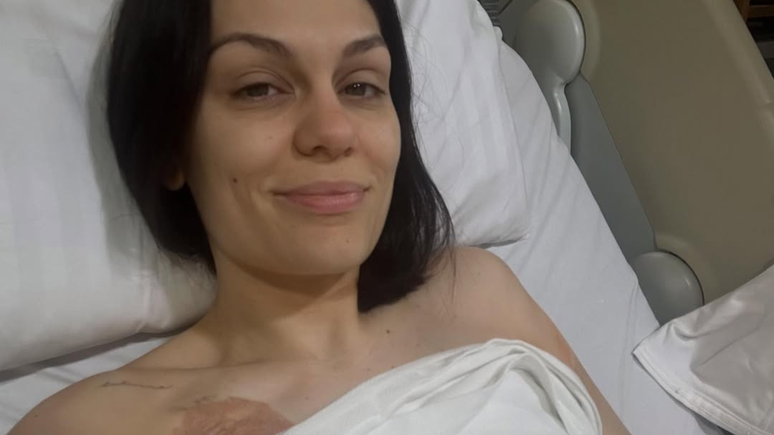Understanding the effect of increased body temperature during exercise on skin health.
Exercise is an essential practice for maintaining health and well-being, positively impacting different areas of the body. However, an often overlooked but very important aspect is the effect of increasing body temperature during practice on skin health. When we train, our body warms up to optimize physical performance. This increase in temperature has direct implications on the skin, especially in people who sweat while performing more vigorous physical activities. Many people are unaware of the damage that increased body temperature can cause to the skin. Therefore, the aesthetic doctor, specialist in beauty and skin health, *Fernanda Nichelle, answers the main questions on the topic and provides advice for preserving the organ. Let’s find out more on the topic?
What are the main body reactions during physical exercise?
When you perform physical exercises, especially more intense ones such as running and weight training, you will surely have noticed the reactions that appear in your body during practice. They are the body’s responses to keep you balanced and able to continue the practice.
Increase in body temperature felt on the skin
One of the most immediate effects of exercise is the increase in skin temperature. This is because the body needs to dissipate the heat generated by working muscles. To do this, it increases blood flow to the skin, which helps transfer heat into the environment. The increase in skin temperature can be observed throughout the body, but is more pronounced in the most exposed areas, such as the face, neck and hands. Under normal conditions, the skin temperature varies between 35 and 36 degrees Celsius. During exercise, your skin temperature can rise to 38 or 39 degrees Celsius.
Increased sweating
Another effect of exercise on the skin is increased sweating. Sweating is the process of eliminating water and minerals from the skin through the pores. Sweat helps cool the body as water evaporates from the skin, carrying heat with it. The increase in sweating during exercise can be quite significant. In intense practices this can lead to dehydration, which is a serious condition that causes health problems. Therefore, it is essential to consume water during practice.
©Hiraman by Getty Images Sign via Canva.com
Do increased body temperature and sweat damage the skin?
One of the ways exercise can benefit your skin is by increasing blood flow. Increased blood circulation provides a better supply of essential nutrients, such as oxygen and vitamins, to skin cells, thus promoting cell renewal and regeneration. Additionally, sweating during physical activity plays a crucial role in eliminating toxins from the body, contributing to healthier skin. Sweating helps unclog pores and remove impurities. However, it is important to take some precautions to protect your skin. Dr. Fernanda Nichelle highlights the main skin problems related to the increase in body temperature and sweat resulting from physical exercise: “Some people are allergic to sweat and this can cause irritation in the patient. This increase in skin temperature also causes vasodilation, that is, the enlargement of the blood vessels. And this can cause flushing, that is, redness of the face or some parts of the body.” It is also worth looking at the environment in which you practice physical activity. Closed and suffocating places favor a much more rapid increase in body temperature, triggering a process of excessive sweating. The skin health doctor also explains that, during exercise, accumulated dirt and even sweat contribute to increased oiliness of the skin. Over time, this can make acne worse if the patient already has a skin problem. This type of negative consequences can constitute a disincentive to the practice of physical activity, also affecting the mental health of patients, given the damage caused related to self-esteem or the embarrassment caused by excessive sweating.
Is it possible to minimize the negative effects on the skin caused by physical activity?
While you may develop adverse skin reactions from physical activity, there are some practices that can minimize damage and keep your skin healthy without having to give up exercise.
Products and procedures
Dr. Fernanda Nichelle points out that most products are intended for the underarm area. Despite this, “some interventions with the application of botulinum toxin in these regions, such as the armpits, palms of the hands, soles of the feet, can even help reduce sweating of the scalp and improve the quality of life of these patients “.
Appropriate clothing
Furthermore, it is extremely important to know how to choose the type of clothing to use during physical activity, favoring fabrics that increase skin ventilation. “These lighter fabrics, generally intended for people who practice physical activity, are the most recommended in these cases”, underlines the doctor.
Sanitization after the activity
Finally, it is also extremely important to avoid keeping your body and clothes sweaty for a long time after practicing, so that fungus and other skin problems do not develop. “The advice to avoid this damage is for the patient, after physical activity, to take a shower, clean the skin, go to a place with a cooler environment, so that the skin can dry and avoid any type of irritation We cannot forget that the fungus loves humid and dark environments, so a wet and clothed body is a very favorable environment for the proliferation of fungi”, concludes Fernanda Nichelle. In general, carrying out physical activity is very beneficial for the health of the body and also for our skin. Adverse reactions can occur when some important precautions are not taken after physical activity, which is why you need to be careful.
*Source: Dr. Fernanda Nichelle |
Dr. Fernanda Nichelle – Doctor who works exclusively in the aesthetic area, specialist in beauty and skin health, with training from Harvard and Michigan Universities. Doctor of famous people, such as Luciana Gimenez and the president of Ultrafarma, Sidney Oliveira. | @drafernandanichelle
Source: Terra
Ben Stock is a lifestyle journalist and author at Gossipify. He writes about topics such as health, wellness, travel, food and home decor. He provides practical advice and inspiration to improve well-being, keeps readers up to date with latest lifestyle news and trends, known for his engaging writing style, in-depth analysis and unique perspectives.








